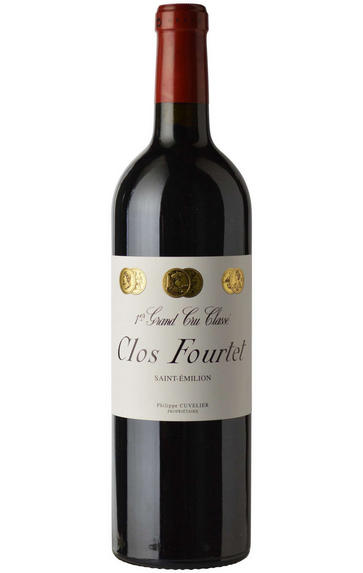
2017 Clos Fourtet, St Emilion, Bordeaux
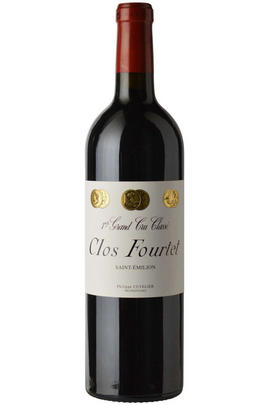
Critics reviews
Lisa Perrotti-Brown - 27/04/2018
About this WINE
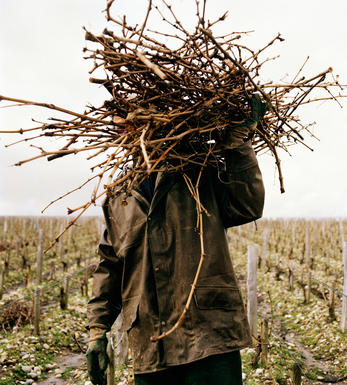
Clos Fourtet
Château Clos Fourtet is a St. Emilion 1er Grand Cru Classé property located just outside the entrance to the town. It is distinguished by its beautiful ivy-covered manor house and some of the most extensive underground cellars in the region.
Clos Fourtet has had several owners over the years and underwent a mini-renaissance under the stewardship of the Lurtons in the latter half of the last century. Pierre Lurton was the winemaker who really established the property`s reputation as one of the finest on the St. Martin plateau. He left to become winemaker at Cheval Blanc and was replaced by Daniel Alard. In January 2001, Clos Fourtet was bought by Paris businessman Phillipe Cuvelier.
Clos Fourtet has 19 hectares of vineyards planted with Merlot (72%), Cabernet Franc (22%) and Cabernet Sauvignon (6%). The wine is vinified traditionally and is aged in oak barriques (60-70% new) for 18 months. It is bottled unfiltered.
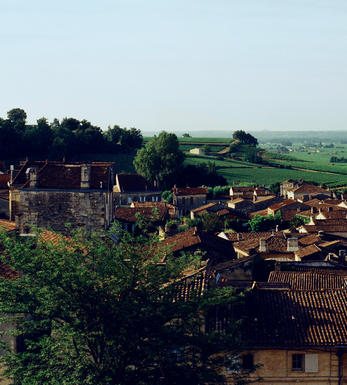
St Émilion
St Émilion is one of Bordeaux's largest producing appellations, producing more wine than Listrac, Moulis, St Estèphe, Pauillac, St Julien and Margaux put together. St Emilion has been producing wine for longer than the Médoc but its lack of accessibility to Bordeaux's port and market-restricted exports to mainland Europe meant the region initially did not enjoy the commercial success that funded the great châteaux of the Left Bank.
St Émilion itself is the prettiest of Bordeaux's wine towns, perched on top of the steep limestone slopes upon which many of the region's finest vineyards are situated. However, more than half of the appellation's vineyards lie on the plain between the town and the Dordogne River on sandy, alluvial soils with a sprinkling of gravel.
Further diversity is added by a small, complex gravel bed to the north-east of the region on the border with Pomerol. Atypically for St Émilion, this allows Cabernet Franc and, to a lesser extent, Cabernet Sauvignon to prosper and defines the personality of the great wines such as Ch. Cheval Blanc.
In the early 1990s there was an explosion of experimentation and evolution, leading to the rise of the garagistes, producers of deeply-concentrated wines made in very small quantities and offered at high prices. The appellation is also surrounded by four satellite appellations, Montagne, Lussac, Puisseguin and St. Georges, which enjoy a family similarity but not the complexity of the best wines.
St Émilion was first officially classified in 1954, and is the most meritocratic classification system in Bordeaux, as it is regularly amended. The most recent revision of the classification was in 2012
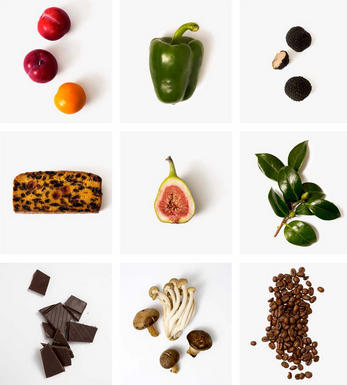
Merlot
The most widely planted grape in Bordeaux and a grape that has been on a relentless expansion drive throughout the world in the last decade. Merlot is adaptable to most soils and is relatively simple to cultivate. It is a vigorous naturally high yielding grape that requires savage pruning - over-cropped Merlot-based wines are dilute and bland. It is also vital to pick at optimum ripeness as Merlot can quickly lose its varietal characteristics if harvested overripe.
In St.Emilion and Pomerol it withstands the moist clay rich soils far better than Cabernet grapes, and at it best produces opulently rich, plummy clarets with succulent fruitcake-like nuances. Le Pin, Pétrus and Clinet are examples of hedonistically rich Merlot wines at their very best. It also plays a key supporting role in filling out the middle palate of the Cabernet-dominated wines of the Médoc and Graves.
Merlot is now grown in virtually all wine growing countries and is particularly successful in California, Chile and Northern Italy.


Buying options
Add to wishlist
Description
This has a wonderfully intense nose of vibrant plum, cassis, blueberry and violets and is beautifully pure. It has a voluptuous feel in the mouth, with well-integrated tannins, and lots of purple and blue fruit. A touch of orange peel and mint add to the complexity of it as it carries on, then with darker fruit and chocolate. Beautifully woven together, it has a brilliantly long finish, and left the team smiling. The 2017 Clos Fourtet is one to keep an eye on.
wine at a glance
Delivery and quality guarantee